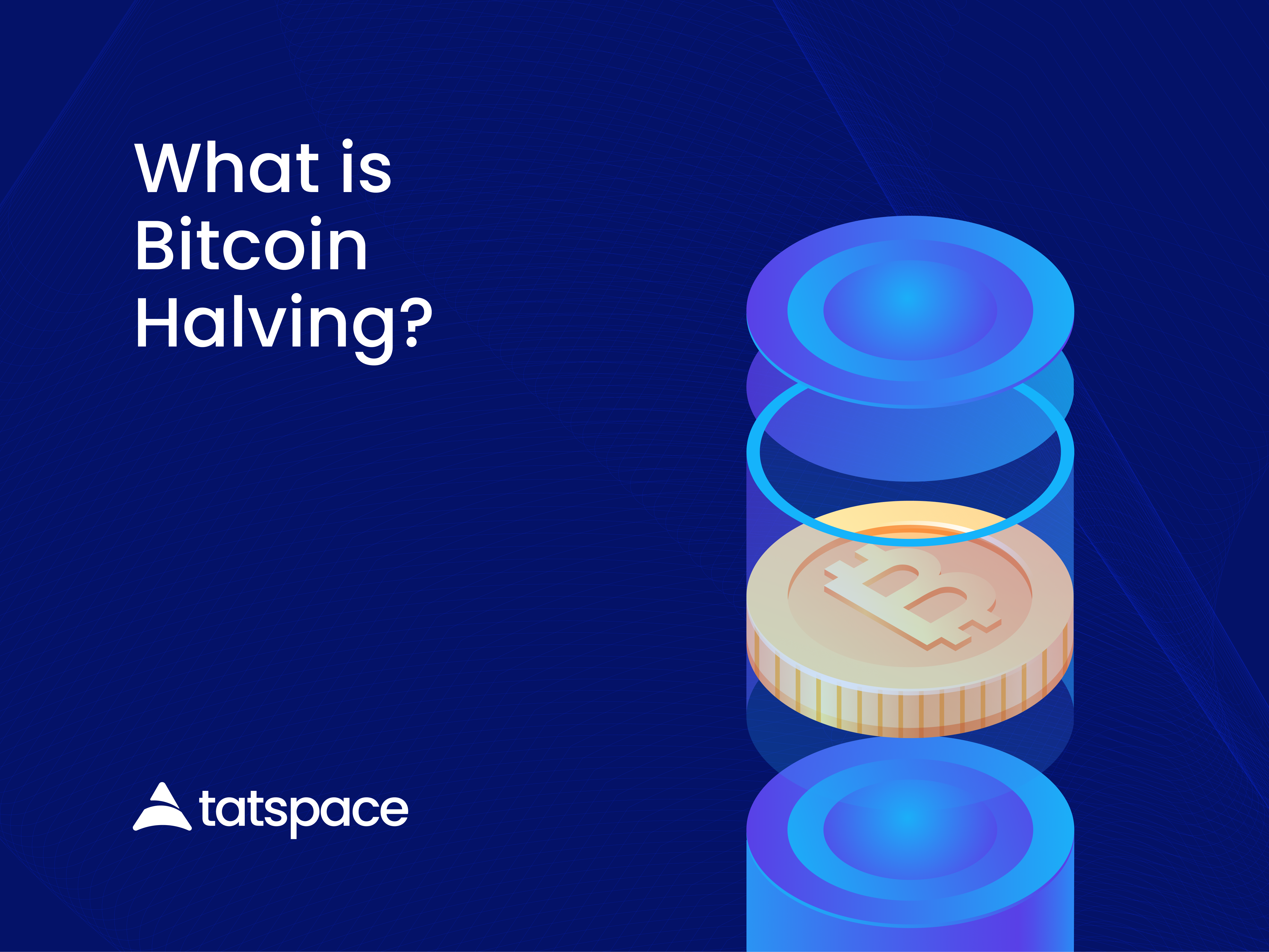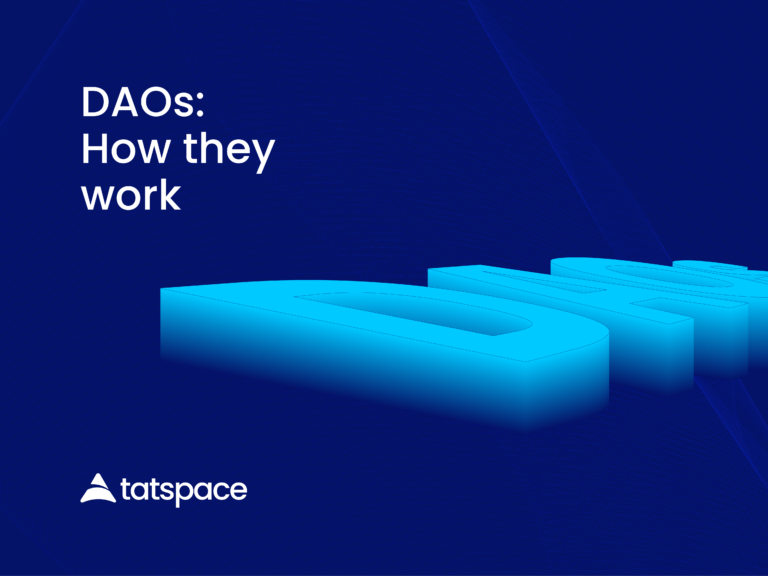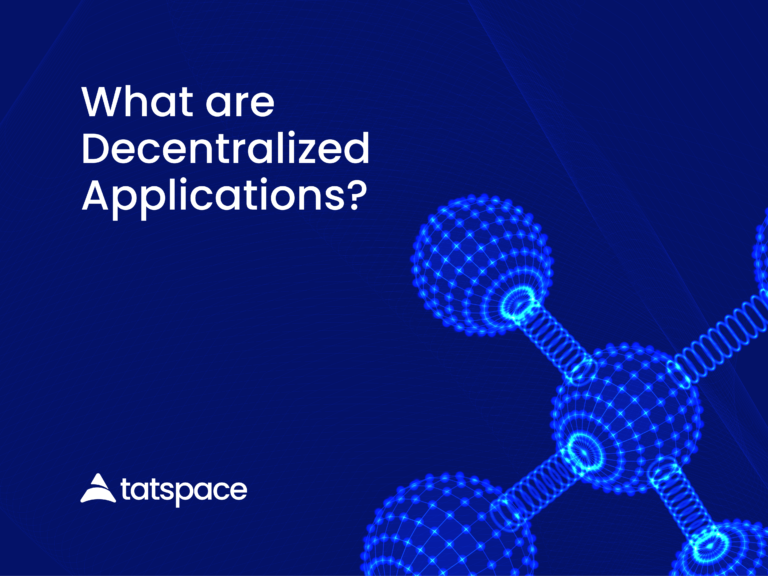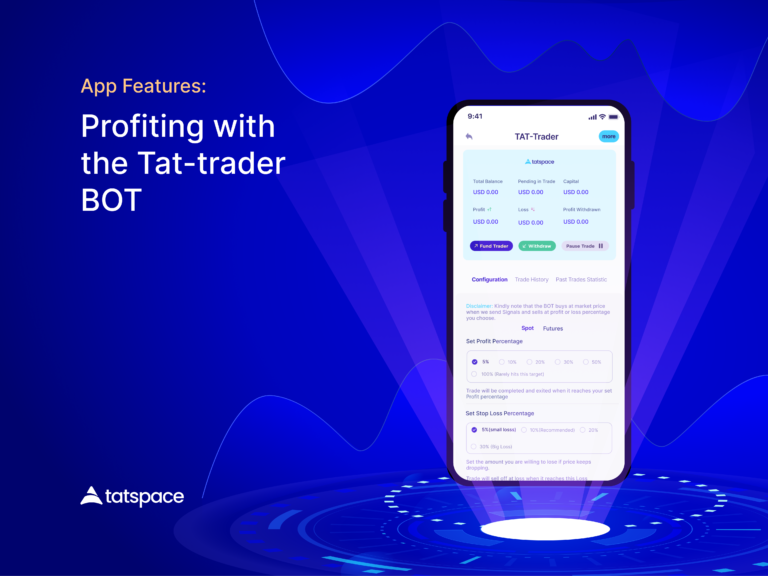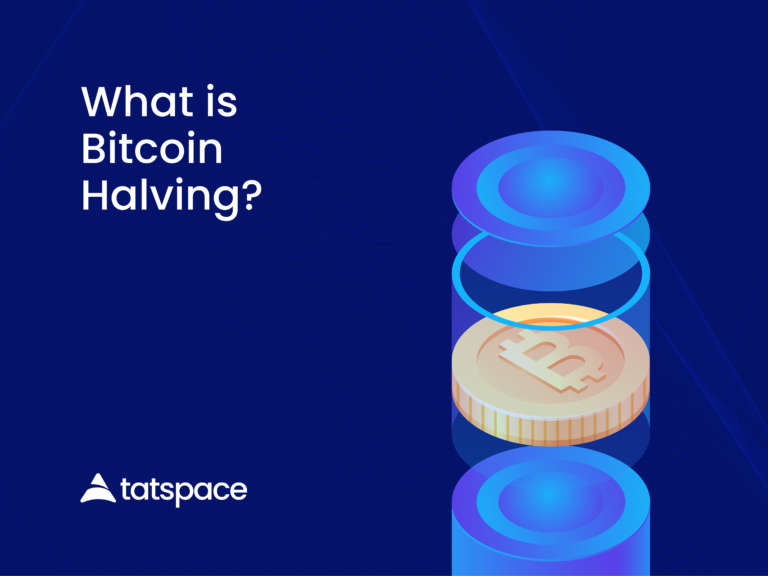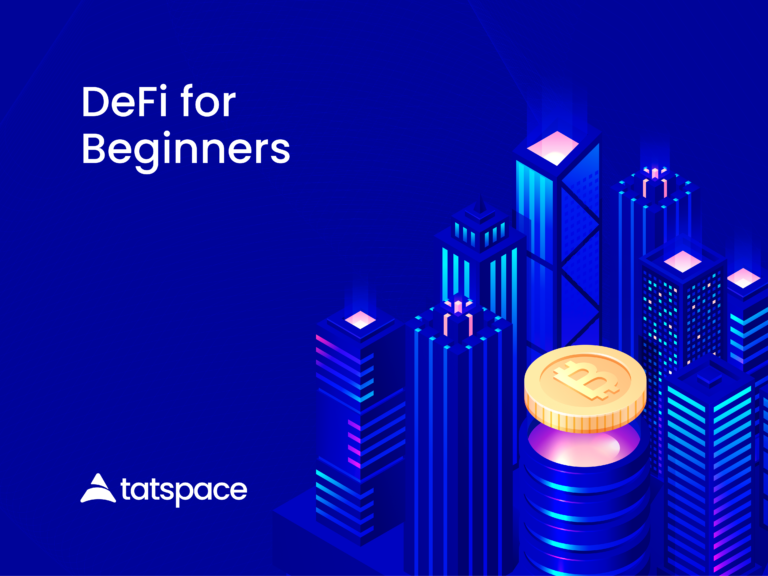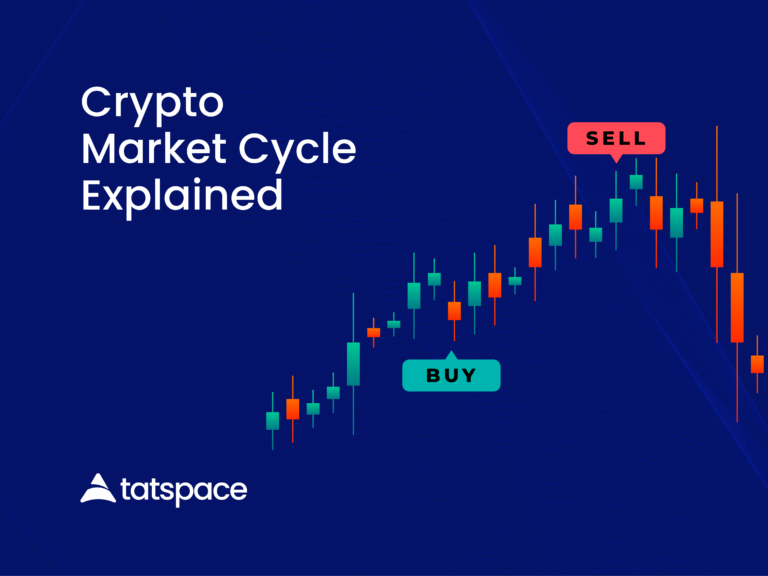The history of Bitcoin shows a periodic event happens every four years. This event known as Bitcoin Halving cut the rate at which new bitcoin enters into circulation. This is how the supply control of one of the most important and powerful digital currencies is possible.
This article shares light on the BTC halving event, and how it affects the entire crypto market. It’s significant to investors and to the miners, also what has happened during the previous halving events.
What Is Bitcoin Halving?
Halving or block halving is the periodical process of reducing the rate at which new coins or cryptocurrencies enter into circulation. This process reduces the issuance rate of new coins and also cuts the miner’s rewards in halves. Bitcoin halving occurs every four years. It ensures Bitcoin follows a steady issuance rate until its maximum supply of 21million units is reached.
At every 210,000 blocks mined, the miner’s reward is cut by half (50%). This strategy is to keep the maximum supply of bitcoin at a fixed cap of 21 million units, with no inflation and an increase in bitcoin value over time.
For every transaction process on the bitcoin network, there’s a reward to the miners and for every new Bitcoin that enters into circulation, there are also rewards for the miners. These rewards are known as block rewards. That is to say, a block reward is the cryptocurrency rewarded to a miner when they validate a new block.
A brief history of Bitcoin Halving and Its Price Impact
Bitcoin halving is one of the most talked about events in the entire crypto industry. This is a result of the impact Bitcoin has on the entire crypto market. Also, due to the superb increase and growth in price of the general crypto market after each occurrence of Bitcoin halving.
- In 2009, the first bitcoin was mined by a founder or developer known as Satoshi Nakamoto. This Genesis Block also called Block “0” was created and the mining reward started at 50 BTC per block.
- 2012 was the first ever Bitcoin Halving event. This even reduced mining rewards to 25 BTC per block, and the price of bitcoin was about $12.
- The second halving reduces the reward to 12.5 BTC per block, and the price of bitcoin was about $650. This happened in 2016, just four years after the first halving.
- After the third halving in 2020, the miner’s reward sits at 6.25 BTC per block, with a price of about $8800. The next halving will occur in 2024 and that will be the 4th Bitcoin halving, reducing the miner’s reward to 3.125 per block.
- The Bitcoin maximum supply and the periodical halving event every four years shows that there will be only 64 BTC halving event. At the end of the 64th halving, all the 21 million BTC will be in circulation. Miners will only be rewarded from the network transaction fees as there will be no new BTC coming into circulation.
BTC Halving Countdown is a cool tool to keep track of the next halving event.
Importance of BTC Halving
There will never be more than 21 million Bitcoin, unlike fiat, the US Dollar, which has no maximum supply. BTC halving is a way of making this possible over a long period of time.
Bitcoin halving plays a role in making BTC “deflationary”, which tends to increase the value of BTC as more demands come in. If no more than the stated amount of BTC can ever be created, then it can only be lesser numbers available for circulation. However, it will only happen when there are lost wallets, forgotten passwords and seed phrases, dead BTC holders, or total forgetfulness from a group of individuals.
A fixed maximum supply with a very low emission rate into circulation gives rise to scarcity. This is a consideration factor by investors and long-term believers, the more it becomes scarce, the more expensive it becomes. A good way of increasing the capital gain for investors.
The rise in bitcoin value after each halving compensates for the cut of mining reward. It’s why the miners will keep mining no matter how many times their reward is halved.
When the mining reward is halved, it is half the inflation, which lowers the flow of new bitcoins into circulation. This means in every four years there is less supply of Bitcoin and an increase in demand due to awareness and mass adoption. A good way of rewarding miners is also from transaction fee, the more people on board, the more fee goes to the miners.
Furthermore, as there is the halving, there is always a system that changes the difficult process of validating a transaction. If the value of BTC fails to increase after halving, then the difficulty of processing a transaction is reduced. This is still a win for the miners, as lesser work is done.
Conclusion
The control of the supply of bitcoin is a reason investors are gaining trust and focusing on the crypto industry. They believe it’s an edge over global inflation. Also, a way out of the continuous printing of fiat currency by the government at any time.
No one can tell what will happen before the last BTC is mined in 2140. Will there be a change from the Proof-Of-work to the Proof-Of-Stake conscious mechanism just as Eth? No one knows.
It is best to say, follow the trend as it is, play along and when the changes come, embrace it.

